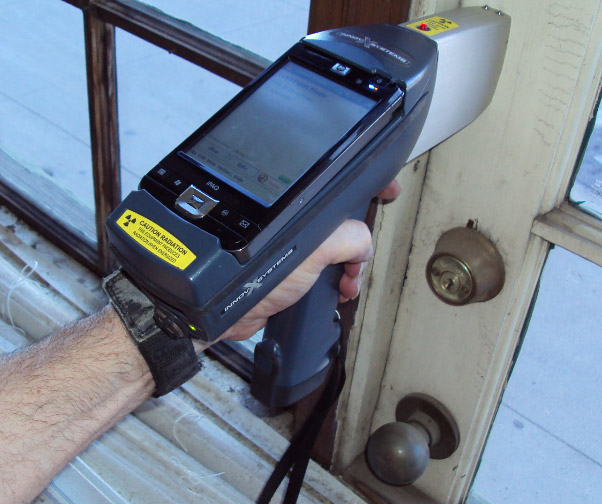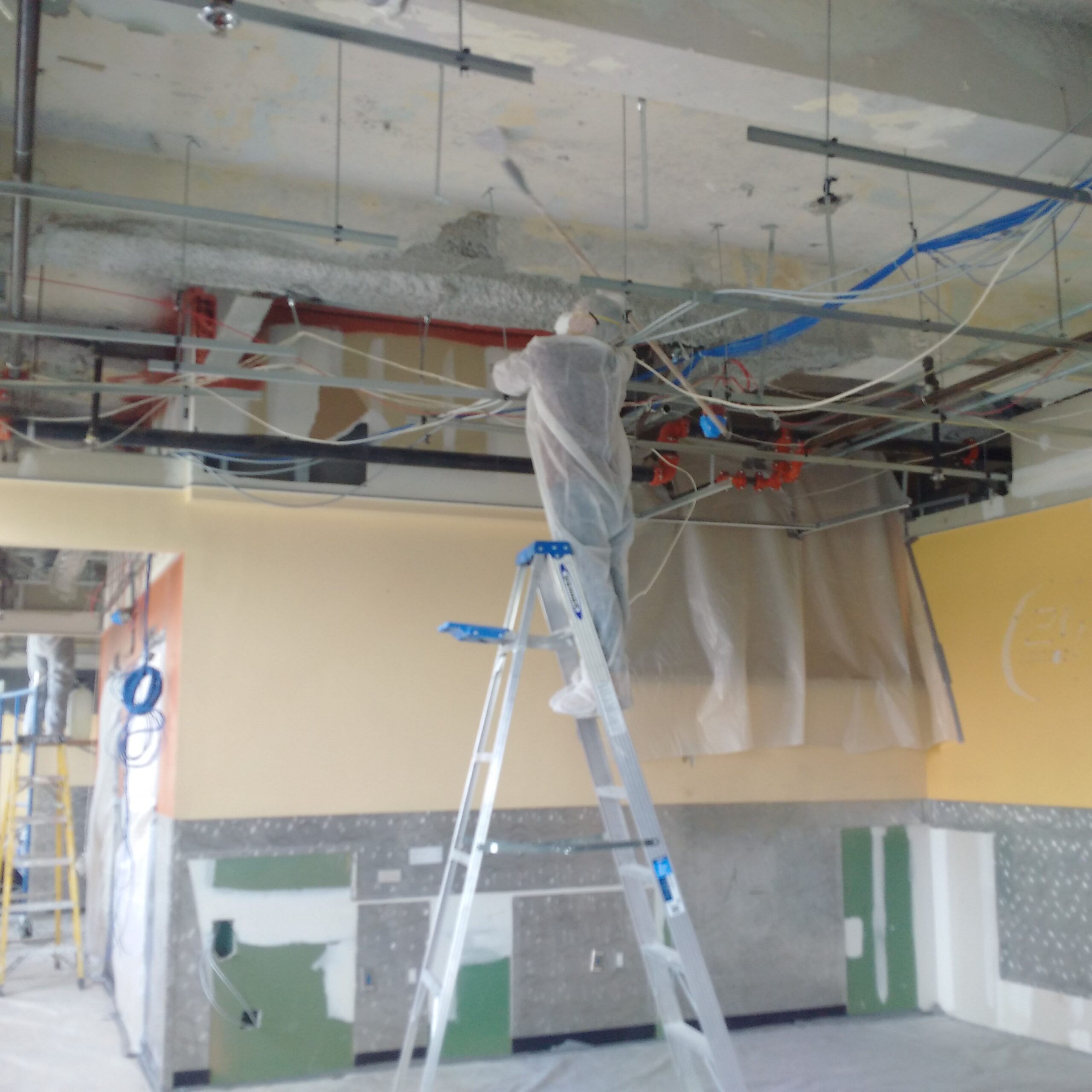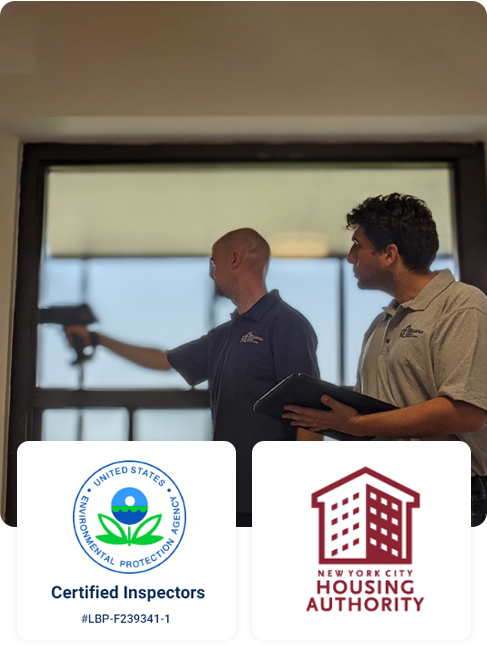Specialist Lead Violation Removal in NYC-- Secure Versus Wellness Hazards
Specialist Lead Violation Removal in NYC-- Secure Versus Wellness Hazards
Blog Article
Best Practices for Making Sure Safe and Complete Lead Infraction Abatement
Attending to lead violation reduction calls for a multi-faceted method to guarantee both safety and conformity. It's the last clearance process, involving extensive examinations and laboratory testing, that truly confirms a lead-free setting, making certain long-term security. Just how do these techniques adjoin to guarantee extensive lead abatement?

First Assessment
Performing an initial analysis is a crucial initial step in lead violation reduction. This phase incorporates a thorough analysis of the residential property to determine the existence, degree, and particular locations of lead-based hazards. Qualified professionals, such as qualified lead inspectors or risk assessors, need to execute a comprehensive website examination, using tools like X-ray fluorescence (XRF) analyzers to accurately discover and gauge lead concentrations in paint, dust, soil, and water.
The assessment must also include a testimonial of the structure's background, previous records, and any type of grievances or health and wellness problems reported by owners - Lead Removal Contractors. Documenting the findings thoroughly is vital, as these documents create the basis for establishing a reliable abatement method. A thorough analysis also includes tasting and lab evaluation, which are crucial to validate the presence of lead and guide succeeding actions
In addition, it is necessary to connect the results transparently to all stakeholders, consisting of property proprietors, tenants, and regulatory authorities. By making sure that the preliminary evaluation is conducted with accuracy and rigor, professionals can lay a solid structure for a targeted and reliable lead abatement process, ultimately securing public wellness and making certain conformity with regulatory standards.
Proper Control
Correct containment is essential to prevent the spread of lead impurities during reduction tasks. Successfully handling control decreases the risk of lead dust and debris migrating to non-work areas, thereby protecting both the environment and individuals outside the prompt job zone.

Routine inspections of the control area are essential to look for violations or weaknesses in the barrier. Any recognized concerns should be immediately addressed to preserve the integrity of the containment. By sticking to these methods, abatement projects can successfully manage lead contamination and minimize connected wellness dangers.
Employee Protection
Making sure worker defense is critical throughout lead abatement jobs to avoid occupational direct exposure to hazardous lead bits. Essential measures consist of the use of individual protective devices (PPE) such as respirators, gloves, and full-body fits particularly made to obstruct lead dust and fumes. Workers ought to undergo comprehensive training on the correct usage and upkeep of PPE, including fit testing for respirators to make sure optimum effectiveness.
Engineering controls, such as local exhaust ventilation systems, are crucial in minimizing air-borne lead concentrations in the workplace. Management controls should additionally be carried out, consisting of limiting the period of direct exposure and revolving employees to decrease private exposure times. Regular medical monitoring and organic surveillance are important for early detection of lead absorption, making it possible for timely treatment and treatment.
Additionally, developing a purification procedure is crucial. Workers have to adhere to strict purification procedures prior to breaks and at the end of their shift to avoid lead dust from being brought outside the workplace. This consists of detailed hand and face washing with lead-specific cleaning agents and altering out of contaminated apparel.
Meticulous Cleanup
Maintaining a risk-free workplace extends past employee security and incorporates careful cleanup to guarantee lead particles are thoroughly eliminated from the site. The process of precise cleanup is critical in avoiding the recontamination of the mellowed out area and guarding both existing and future residents.
To accomplish an extensive clean-up, all job locations must be methodically sanitized. This includes making use of specialized HEPA (High-Efficiency Particulate Air) hoover and wet-wiping techniques to catch and get rid of fine lead dirt that may have chosen surface areas. It is vital to click here to read clean up all straight surface areas, consisting of floorings, home window sills, and counter tops, in addition to upright surface areas that may have entraped lead fragments.
Workers have to use ideal individual protective devices (PPE) during cleanup to prevent direct exposure to residual lead dirt. Used cleaning materials such as wipes, sponges, and mop heads ought to be thrown away based on dangerous waste disposal laws.

Last Clearance
Last clearance is the crucial concluding stage of lead reduction that determines whether the site is risk-free for reoccupation. This important step entails thorough evaluation and testing pop over to these guys to validate that all lead dangers have actually been successfully gotten rid of.

Last clearance testing not just safeguards future occupants yet additionally makes sure compliance with regional, state, and federal guidelines. Furthermore, it serves as a documented recognition of the reduction contractor's adherence to market best methods. Making click now certain an extensive and effective final clearance is crucial in guarding public health and wellness and promoting trust fund in the abatement procedure.
Conclusion
Guaranteeing safe and detailed lead violation abatement necessitates a diverse approach incorporating initial analyses with advanced detection techniques, effective control approaches, stringent employee defense procedures, and precise cleanup treatments. The final clearance stage, including comprehensive evaluations and research laboratory screening, is vital to validate conformity with EPA criteria. Adherence to these ideal methods assures a safe setting for residents, minimizes health threats, and promotes governing requirements, thereby advertising public wellness and safety in lead-affected locations.
Report this page